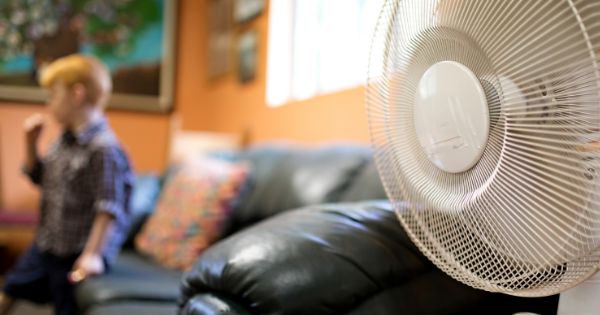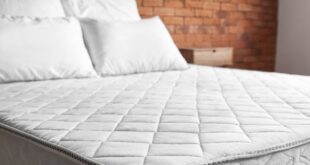The ventilation system in the house is an essential component of every contemporary dwelling. Because modern architecture is intended to be airtight, the air contained inside it will get stale as a result of both the inhalation and exhalation of humans as well as the presence of internal pollutants. A ventilation system replaces the old, stale air in an interior space with new, fresh air while simultaneously removing the old, stale air. Any building project would be incomplete without the addition of the appropriate one.
What is meant by the term “house ventilation”?
The term “house ventilation” refers to the process of transferring air from the interior to the exterior of a building, and is an important part of heating and air conditioning a home. Whole-house ventilation is seen by many as an essential component of a healthy home environment. Because modern houses are so closely constructed that air does not circulate as readily through holes in the walls as it is in older buildings, homeowners may select between four kinds of ventilation systems: exhaust, supply, balanced, or energy rescue recovery (ER/HR).
Why is it Important to Have Adequate Ventilation?
Homeowners are motivated to investigate ventilation because of a variety of health issues. It’s possible that allergens the pollution caused by contemporary construction materials, and the air pollutants found outside might all be to blame for your pain and disease. It is essential to have enough ventilation if you want to prevent harmful pollutants from entering your house and causing either immediate or long-term health concerns for you and your family. Learn more from this link https://en.wikipedia.org/wiki/Allergen.
Different Whole-House Ventilation System Configurations
Exhaust, supply, balanced, and ER/HR ventilation systems are the four varieties of systems that are available. It is important to keep in mind that homeowners living in warmer areas may have different requirements than those living in colder regions.
Exhaust
You may be familiar with the term “exhaust fan.” These fans are used by exhaust systems to blast contaminated air out of locations such as kitchens, bathrooms, basements, and attics, which are all known to be sources of air pollution. The walls may be designed with “passive vents” or they may just have leaks that allow new air to enter.
If your home has passive vents, moisture from the outside may seep in, causing mold growth that you will have to clean up. Click here for more information on passive ventilation. This is especially true in humid areas. Therefore, locations that are humid should avoid using this strategy.
Additionally, since the air is only entering via tiny holes, it is possible for it to carry in contaminants such as radon, mildew, dust, pollen, or virtually anything else that is floating about outside. Air entering via these little breaches is not altered by this system, so your air – conditioning system has to work even harder to bring that incoming external air up to the right temperature.

Supply
The function of supply systems is similar to that of exhaust systems, but in reverse. They do this by using a fan to bring in new air from the outside of the building. After that, it will let the stale air escape via any crevices or “passive vents” that are present in your house.
In order to better regulate the flow of air that is being drawn in, it is helpful to make use of a fan. By attaching filters to the fan, you may improve its ability to filter out pollutants, pollen, and dust, and you can also modify the amount of humidity in the incoming air. In comparison to an exhaust system, this will assist to lower the expenditures associated with heating and cooling the space.
In cold climates, the performance of supply systems is not ideal. Because of the shift in temperature and humidity, condensation may occur inside of a house, particularly in the attic, as warm, heated air slowly escapes into the chilly outside. Mold and rot are potential outcomes of this warm and damp environment.
Balanced
Two fans and two duct systems form a balanced ventilation system, which utilizes a mix of exhaust and supply ventilation. In addition to bringing clean air into spaces like sitting rooms and bedrooms, it also removes stale air from areas like kitchens and bathrooms, which are known to be sources of a greater number of airborne contaminants. These systems remove contaminants at the point when air first enters the ventilated space.
The use of a twin fan system enables balanced ventilation to function admirably in every environment. Due to the fact that they are essentially two separate systems, the cost to install and maintain them is much higher.
 Kaboutjie SA Mommy Blogs by Lynne Huysamen
Kaboutjie SA Mommy Blogs by Lynne Huysamen




